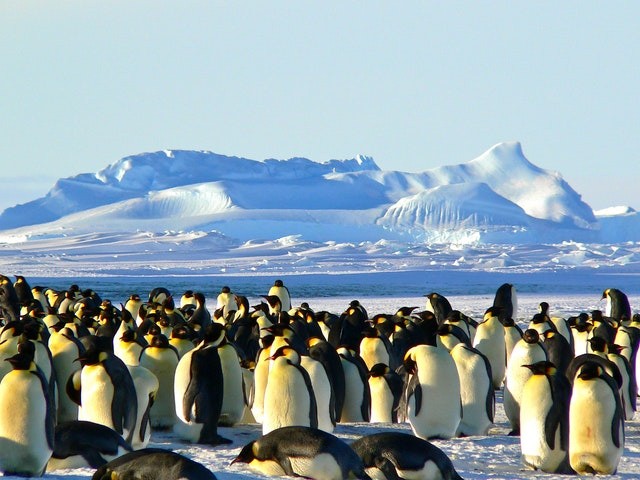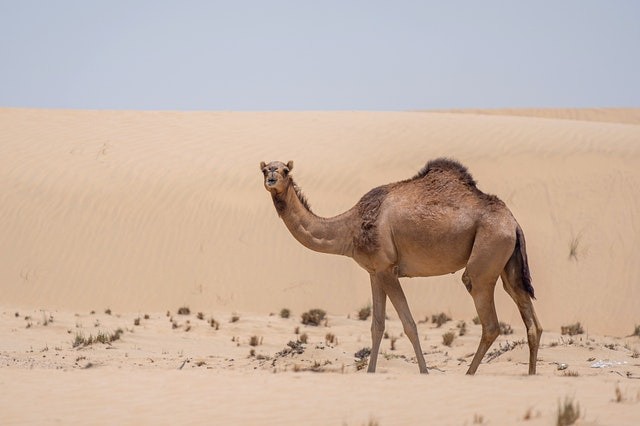Earth is a planet of environmental extremes, ranging from freezing cold to scorching heat. With only a few special cases, humans live mainly in temperate regions, but a wide-ranging array of other creatures flourish in the inhospitable. These organisms are referred to as extremophiles. Here are a few instances.

Emperor Penguin
These robust flightless birds usually spend their mating season in Antarctica, where temperatures normally drop to -40 °C (-40 °F). The colony survives such cold that is life-threatening by coming together in a large group to share warmth and reduce individual exposure to the elements. At frequent intervals, the penguins at the external fringes of the huddle are carried into the middle so each member is given the chance to warm up.
Wood Frog
When temperatures become chilly, the wood frog adapts by allowing itself freeze, staying in this special form of suspended animation until the spring defrost. It can remain alive while being frozen by stockpiling glucose, a cryoprotectant, in its tissues.
Flat Bark Beetle
Just Like the wood frog, the flat bark beetle produces special chemicals to pull through the winter cold. It decreases the amount of water in its body while stockpiling tissue-protecting proteins, which let it survive what nature throws at it.
Also Read : Scientists Determine How Marsh Birds Survive Typhoons and Natural Disasters Such as Hurricane Zeta
Camel
Referred to as the "ships of the desert," camels can survive temperatures that is as high as 49 °C (120 °F) and stay a week or more without drinking water.
Sahara Desert Ant
The secret of this tiny insect to survival in a desert environment that is more than 60 °C (140 °F) is its long legs, which let it move speedily and keep its body above the extremely hot sand.
Jerboa
This rodent dwells in the desert, it takes the simple route when it comes to pulling through extreme heat: during the day, it sleeps in a cool burrow and comes out during the dark, when it's cooler, to search for food.
Pompeii worm
Far beneath the ocean surface, diastant from the life-giving reach of the sun, special ecosystems have developed close to extremely hot mineral-rich hydrothermal openings that form close to undersea volcanoes. Researchers have discovered a virtual menagerie close to the opening, both the Pompeii worm, which can survive temperatures as high as 79 °C ( 175 °F ).

Tardigrade
These astonishing microscopic organisms are yet to discover an environment they can't survive. Also referred to as water bears, the strange eight-legged creatures have been discovered in glaciers, hot springs, deserts, and at the top of the highest mountains in the world. They might even be found on the Moon, thanks to the touching down of an Israeli lunar probe that took tardigrades as a portion of its payload. Under extremely unfavorable conditions, tardigrades survive by going into a dried deathlike state referred to as cryptobiosis. They can continue in this condition for decades and still come back to active life when they are been exposed to water.
Related Article : Birds are Apparently Resilient to Heat Stress Due to Climate Change
For more news, updates about animals that survive extreme conditions and similar topics don't forget to follow Nature World News!
© 2026 NatureWorldNews.com All rights reserved. Do not reproduce without permission.





